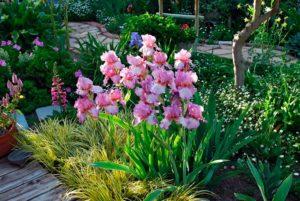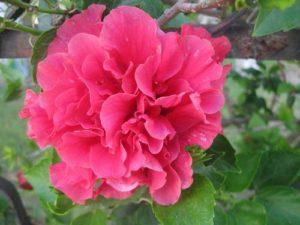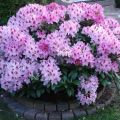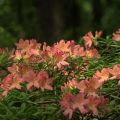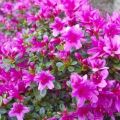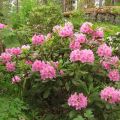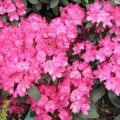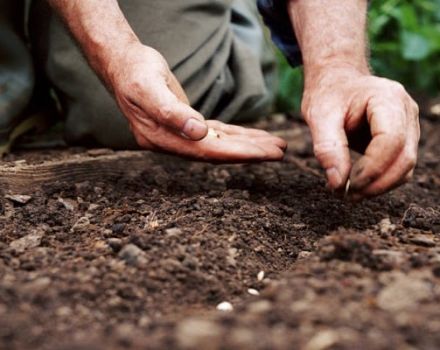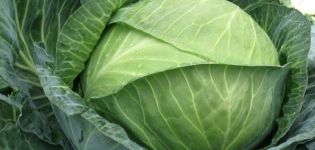Variety selection, planting and caring for rhododendron in the Leningrad region
Shrubs with spectacular flowers are no longer uncommon in regions with harsh climates. This became possible thanks to the work of breeders, who tirelessly breed more and more varieties of winter-hardy plants. Planting rhododendrons and caring for them in the Leningrad region is not difficult. You just need to choose a hardy variety, and pay some attention to the plants during the season.
Description and features
Rhododendrons are one of the brightest representatives of the heather family. They like to grow in humid climates, for example, in the coastal zone of water bodies, as well as on the slopes of mountains, as the lower forest layer. Depending on the species and variety, rhododendrons grow as a deciduous, semi-evergreen, evergreen shrub or tree. Their height ranges from 10 centimeters to 30 meters.
Rhododendrons differ from each other not only in height, but also in the shape of leaves and inflorescences. The color of the buds varies from white and yellow to pink, and even purple shades. In some species of rhododendrons, the flowers have a delicate floral scent. At the end of the growing season, fruits are formed, inside of which there are small seeds. The plant attracts bees and is an excellent honey plant.
Additional Information. Large-leaved rhododendron was chosen as the state symbol of Washington.
Frost-resistant varieties
Breeders have developed many varieties that can grow in regions with a harsh climate, such as, for example, in the Leningrad region. The most attractive ones are as follows.
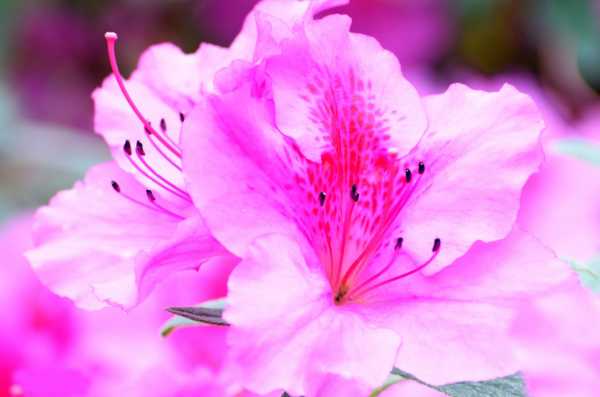
Helsinki Universiti
The variety is very popular for its soft pink inflorescences with wavy petals. The plant tolerates temperature changes well.
Mikkeli
The leaves of this rhododendron are green, with a silvery pile below. The flower is initially pink, gradually becoming completely white.
Pekka
The bush grows 3 meters wide and the same height. The inflorescences are composed of large pink petals. The leaf plates are colored yellow-green.
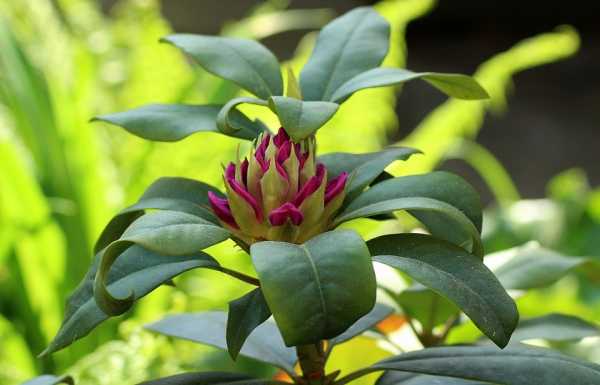
Piter tigerstedt
The bush looks spectacular due to large, with burgundy specks, white flowers. Grows straight, weakly branches.
Haaga
This is a plant with large pink clusters of inflorescences. The bush has erect branches that form a rounded crown. The leaves are colored dark green.
Hellikki
The short-fruited rhododendron of this variety has delicate white or pink inflorescences that bloom in mid-summer. The bush grows up to 2-3 meters, its leathery leaves reach a length of 20 centimeters.
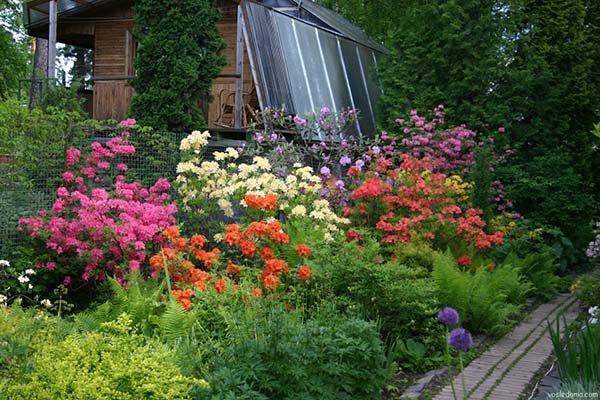
Kullervo
At the budding stage, the flowers have a red color, during the dissolution period they change it to white. The crown of the plant is rounded, the leaves are covered with pile at a young age.
Elviira
Slow growing variety, reaching a height of 50 centimeters. It belongs to the creeping group of rhododendrons. The petals of the plant are colored dark red.
Pohjola's Daughter
Rhododendron grows up to 1 meter, each purple inflorescence contains up to 10 flowers. The variety can withstand frost down to -34 ° С.
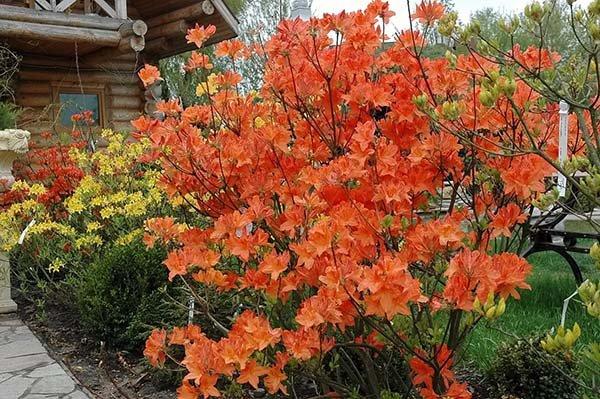
Lights Series
Rhododendrons of this series are bred in the arboretum of the University of Minnesota. They are ultra-winter-hardy: they can withstand temperatures down to -40 ° C. The most famous varieties: Northen Lights, White Lights, Pink Lights, Rosy Lights.
The value of frost-resistant varieties of rhododendrons is that the plants that survived the winter will bloom effectively in the current season, since flower buds are laid at the end of last summer.
Soil selection and preparation
Rhododendrons develop only on acidic soils, so they need to be planted in poorly decomposed high-moor peat. The necessary material is sold in flower shops. If it is not possible to purchase it, you can take litter from under coniferous trees.
But not fresh needles are used, but those that have lain for several years. The best option would be a substrate consisting of sod land, coniferous litter and sand.
Rules and terms for landing in open ground
Rhododendron is planted in spring or autumn. If the shrub has developed in a container, it can be planted at any time, from April to November. The landing site should be slightly shaded. Placing other plantations next to the rhododendron, it must be borne in mind that it has a superficial root system, and its neighbors may be trees and shrubs with tap roots.
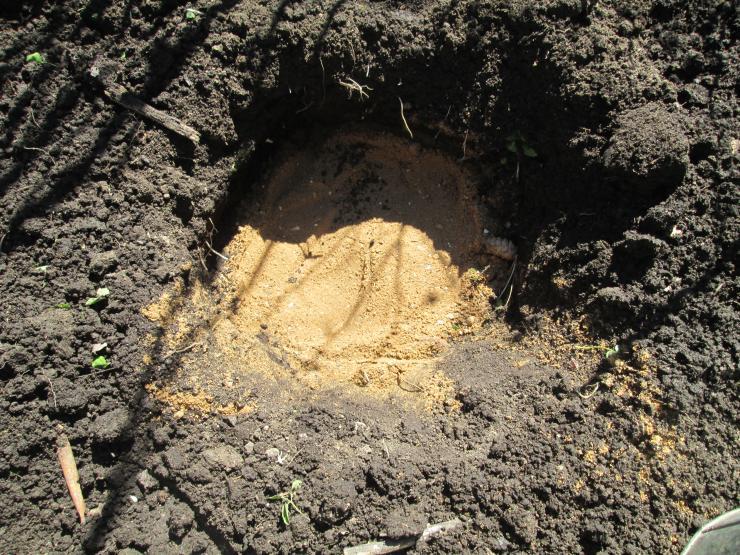
Preparing the landing pit
Having chosen a place for planting rhododendrons, the gardener needs to follow these steps:
- dig a hole of such a depth and width that it is 2 times the volume of the root system of the planted plant;
- put a material on the bottom of the hole that does not allow moisture to linger at the roots of the bushes (expanded clay, small pebbles, sand);
- fill the pit halfway with the prepared substrate.
After that, the bush is pulled out of the pot and, without breaking the earthy coma, is planted in the middle of the hole. Then it is covered with earth so that the root collar is above the soil surface.
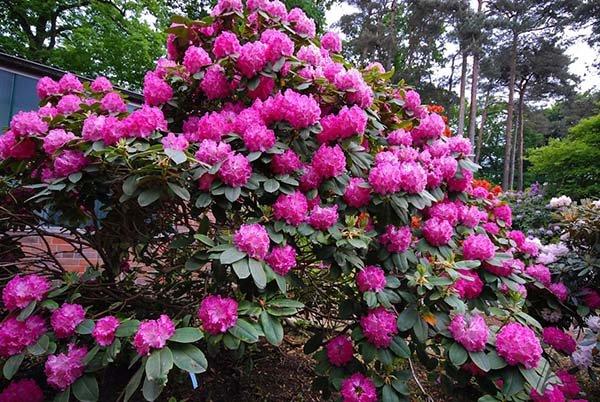
Advice! It is recommended to dig the planting hole 2 weeks before planting the rhododendron in order for the soil to settle.
Landing scheme
The volume of the planting pit depends on the size of the seedling root system. The distance between plantings is selected depending on the bushiness of the variety and ranges from 130 to 180 centimeters. The distance between rhododendrons and tall trees and shrubs is 2-3 meters.
If plants are planted near buildings, the distance between them and the walls is 1.5 meters.
Watering
Since rhododendrons are planted in loose soil, from which moisture quickly evaporates, they need to be watered frequently. Plants especially need hydration during the budding period. The water is preliminarily settled and heated, otherwise the roots of the plant may suffer. In dry weather, plants (especially young ones) should be sprayed over the crown.
Top dressing
In order for the rhododendron to bloom profusely, it needs to be fed several times per season.
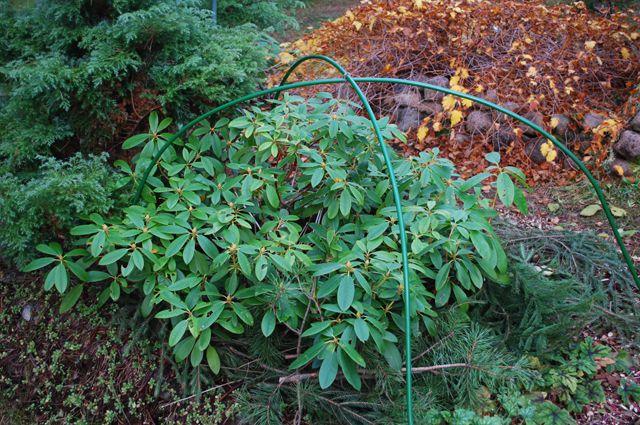
Timing
They begin to feed the bushes in early spring with nitrogen fertilizers. They contribute to the growth of green mass. Later, during the summer, they are watered with top dressing with a predominance of phosphorus and potassium.In autumn, rhododendrons grown in the Leningrad region are not fed, since they can grow young shoots that are unable to survive the winter.
Choice and dosage
Urea or nitrate is used as nitrogen fertilizer in spring in the following dosage:
- 1 substance matchbox;
- for 10 liters of water.
5 liters of fertilizer are poured under a young bush, 10 liters under an adult plant. Another feeding option:
- 1 part cow dung;
- stir in 15 parts of water.
Within a week, the mixture is infused, then poured under the root of the plantings. Top dressing is done once every 2 weeks. From mid-June, the bushes are watered with complex fertilizer with a predominance of potassium and phosphorus according to the instructions.
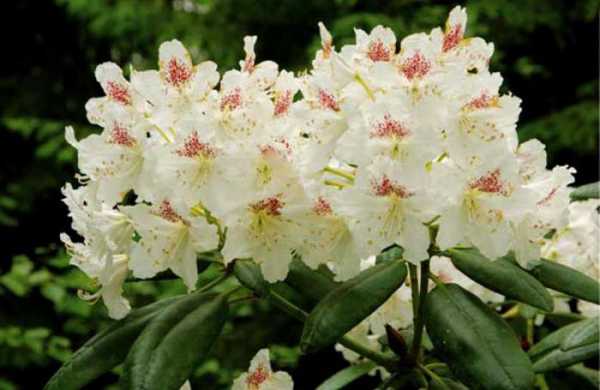
Note! Before using the fertilizer, the root system of rhododendrons must be moistened with water.
Preparing for winter
Despite the frost resistance of many varieties, rhododendrons grown in the Leningrad region must be covered.
Watering
By the end of summer, watering is reduced, but before the onset of persistent frosts, it resumes again. The procedure is performed for the reason that the roots saturated with moisture will more easily survive the frosty winter. When heavy precipitation falls in the form of rain, additional watering is not performed.
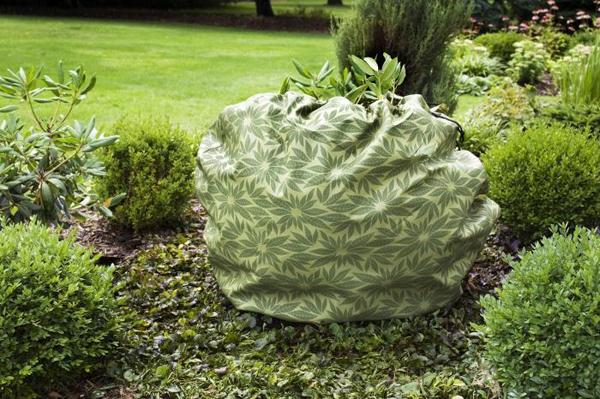
Mulching
After abundant watering, the bushes are mulched with bark, nutshells, and cones. Their root system is located widely under the soil surface, so a large area of the trunk circle wakes up with mulch. Shelter layer for young plants is 6-10 centimeters, for adults - 15-20 centimeters.
Shelter installation
At the onset of frost from -10 ° C, the rhododendrons are covered with non-woven material folded in 2 layers. So that snow does not accumulate and does not break young plantations, it is better to install the shelter in the form of a cone or pyramid using a frame made of twigs.
In case of too much frost, spruce branches are additionally used.
Pruning
In the spring, before the sap flow begins, rhododendrons are sanitized. This removes broken, dry, diseased branches. A sharp pruner is used for the procedure. Places of cuts are covered with garden varnish.
Formative pruning removes poorly located shoots and shortens the poorly developing lateral branches. The procedure promotes abundant tillering of rhododendrons. You can rejuvenate plants by drastically cutting off all branches at a height of 30 centimeters from the ground surface.

Reproduction methods
You can dilute a rhododendron in your area in 3 ways: by seeds, cuttings, layering.
Seeds
To grow seedlings, you need to follow these steps:
- lay drainage at the bottom of the landing container;
- pour the substrate prepared by yourself or the soil for azaleas purchased at the flower shop on top;
- spread the seeds on the surface, sprinkle them with sand;
- cover the structure with plastic wrap or glass.
Seedling care consists in watering as needed, airing a mini-greenhouse. When the first shoots hatch, the shelter is removed.

Cuttings
Propagation by cuttings is done as follows:
- the stems are cut into pieces of 5-8 centimeters;
- the lower leaves are cut off;
- the lower parts of the sections are placed in a growth stimulant solution for 12-16 hours;
- cuttings of rhododendrons are planted in boxes with a peat-sand mixture;
- the planting box with stems is covered with foil.
When roots and young shoots are formed on the cuttings, they are transplanted into separate containers. In the fourth year of life, the seedlings are transferred to open ground.
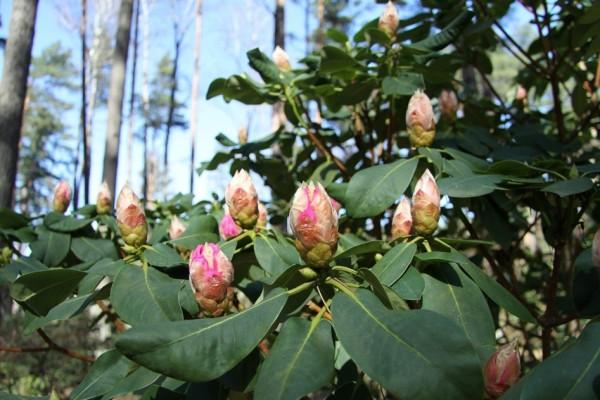
Layers
Reproduction of rhododendron by layering step by step:
- In the spring, bend the lower shoots to the ground, secure the points of contact with pins or bent wire.
- Sprinkle with soil on top, water.
- Tie the upper part of the layer to the support.
- For the winter, cover the pinning site with mulch and spruce branches.
- When the cuttings have taken root, separate them from the mother plant and plant them separately in a shady place.
After 2 years, the grown plant is transplanted to a permanent place.
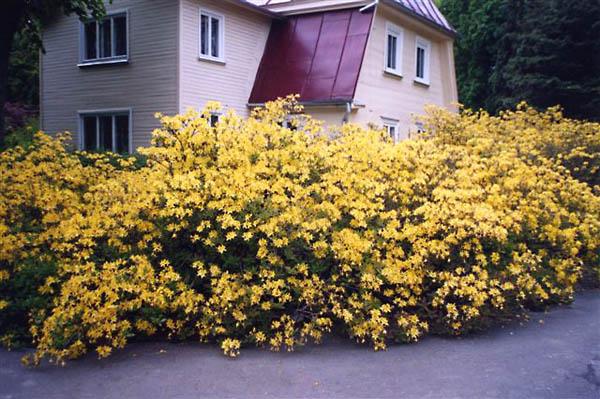
Protection against diseases and pests
When waterlogged, rhododendrons can be affected by rot. To prevent diseases in spring, plants are sprayed with copper-containing preparations. Affected bushes are sprayed with fungicides. If the rhododendrons are too affected by rot, they are dug up and burned.
Plantings can be chosen by insects: spider mite, whitefly, false shield, thrips. Insecticides and acaricides are used to control pests. Gastropods are killed by molluscicides or harvested by hand.
Important! Gloves, goggles and a respirator must be worn when working with chemicals.
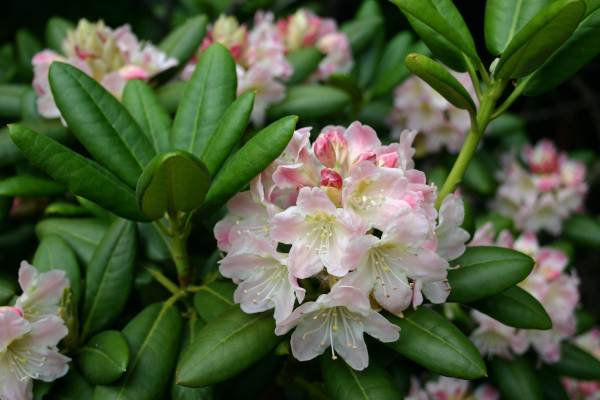
Landscaping ideas
Beautifully flowering shrubs blend with many green spaces. For example, they will look spectacular next to conifers. Tall varieties are planted as a background for shorter decorative deciduous shrubs. A single growing bush against the background of a lawn will also look beautiful.
Reviews
According to gardeners, rhododendrons in the Leningrad region can grow and bloom safely, you just need to choose frost-resistant varieties. A correctly selected planting site and careful care during the season are the conditions under which plants will grow in the same place for a long time, delighting those around them with their spectacular flowering.
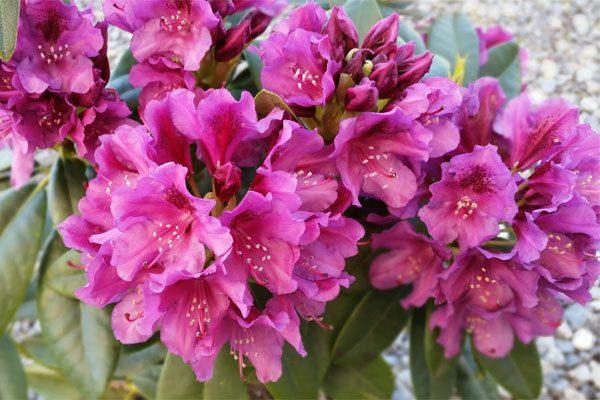
Olga Ivanovna, Svetogorsk
“I am a beginner gardener. I did not know that rhododendrons need to be covered for the winter, and in the first year several branches froze. The next year, she carefully covered the whole plant. The rhododendron survived, by the end of the summer I already had a beautiful, overgrown bush. "
Elena, Vyborg
“I got 3 rhododendron bushes. One of them died. Most likely because I planted it in the wrong place. The area where this bush grew was heavily blown by the wind. The rest of the plants were protected from the north by the wall of the building, so they developed well over the summer. "
